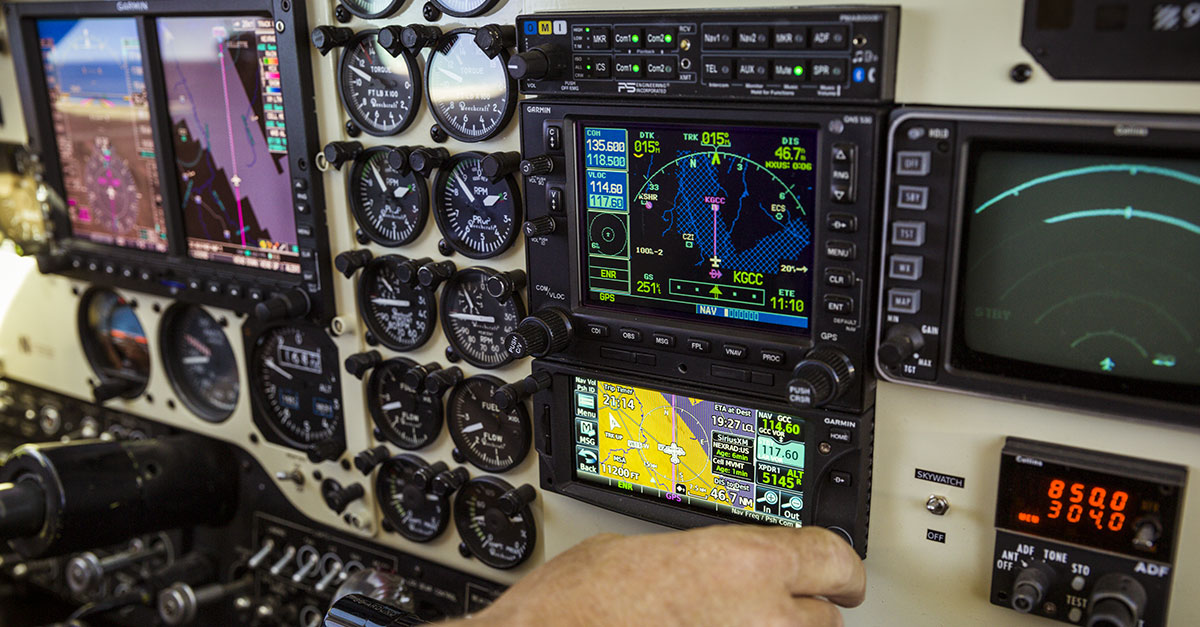
Dec. 30, 2019
On Wednesday Jan. 1, 2020, the FAA’s ADS-B rule takes effect, requiring operators to utilize equipment meeting the requirements of FAR Part 91.225 and 91.227 when flying in rule airspace.
In 2011, the FAA finalized technical requirements that establish the performance requirements for ADS-B equipment.
In 2018, the FAA facilitated the development and use of “Exemption 12555,” which addresses performance requirements of some GPS receivers used to support ADS-B equipment. In some cases, the performance of affected GPS receivers falls below the requirement stated in the rule. The FAA is allowing continued use of this GPS equipment to meet the rule requirements when backup FAA surveillance is available.
This exemption expires on Dec. 31, 2024, and is not a time extension for compliance with the ADS-B rule for aircraft, nor a general relaxation of the rule performance requirements. In other words, this exemption does not extend the compliance date for ADS-B transponder equipment meeting current standards.
A small number of aircraft with pre-2011 ADS-B equipment, or “Version 1” installed will need to utilize FAA’s ADS-B Deviation Authorization Preflight Tool (ADAPT) to seek permission on a flight-by-flight basis to operate in rule airspace.
Operators can review NBAA’s full lineup of ADS-B resources – including press releases, web stories, podcasts, frequently asked questions and more – at nbaa.org/adsb.


 International Business Aviation Council Ltd.
International Business Aviation Council Ltd.